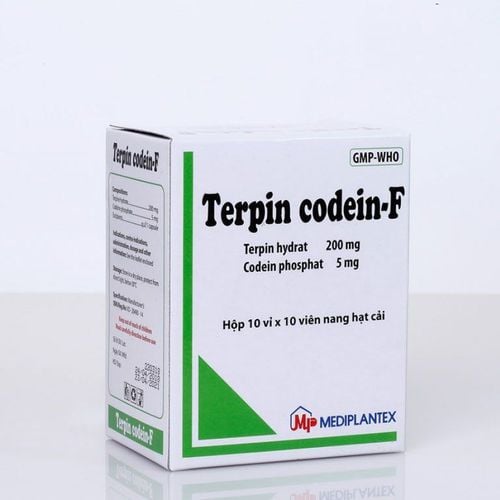This is an automatically translated article.
Oxygen cannula breathing is one of the methods of respiratory support used on patients treated with oxygen therapy such as shortness of breath, respiratory failure,... This method uses a nasopharyngeal catheter to oxygen to the patient's airway.
1. What is cannula oxygen?
Oxygen cannula breathing is one of the methods of respiratory support used on patients treated with oxygen therapy such as shortness of breath, respiratory failure, oxygen weaning in premature infants,... Using a catheter with two antennae about 1cm long is placed in the patient's nose, to bring oxygen into the respiratory tract with low concentration. Oxygen flow during cannula breathing usually starts 1-2 liters/min and depends on age such as:
Neonates: 0.5-1 L/min Infants: 1-2 L/min Children: 2- 4 liters/min MORE: Oxygen breathing procedure through the frame
2. Advantages and disadvantages of using oxygen cannula
2.1 Advantages
The advantages of the oxygen cannula method include:
Less irritation of the pharynx Does not hinder the patient from eating, drinking, talking Oxygen is heated by the pharynx Patient can walk and talk easily .

Thở oxy cannula là một trong những phương pháp hỗ trợ hô hấp
2.2 Cons
In addition to the advantages that cannula oxygen brings, there are also some disadvantages as follows:
Inspiratory oxygen concentration (FiO2) varies and cannot be measured accurately because it depends on breathing volume and breathing pattern of the patient. Therefore, the maximal oxygen concentration cannot be reached during inspiration, only increasing the inhaled oxygen concentration by about 3%/1 liter of oxygen. The flow of oxygen is low and limited to a maximum of about 5-6 liters/min. If using a higher flow rate, it still does not increase the effectiveness of the treatment, but there is also a risk of gas entering the stomach causing gastric dilatation. Easy to cause tube blockage due to secretions .Difficulty humidifying breathing air Should only be applied to patients with mild dyspnea and awake.
3. How to use oxygen cannula
First attach to the patient by inserting 2 prongs of the oxygen tube into the 2 nostrils. Over the ears and below the chin for older children and adults, or around the nape of the neck for infants. Then secure the oxygen cannula with tape or a knot. Adjust oxygen flow as prescribed by your doctor so that blood oxygen saturation is ≥ 94%.
In summary, breathing oxygen cannula is one of the methods of respiratory support used on patients treated with oxygen therapy such as shortness of breath, respiratory failure,... This method uses a nasal cannula. pharynx to bring oxygen into the patient's respiratory tract. Breathing oxygen cannula will have its own advantages and disadvantages and is suitable for mild cases of dyspnea and the patient is awake.
Please dial HOTLINE for more information or register for an appointment HERE. Download MyVinmec app to make appointments faster and to manage your bookings easily.













